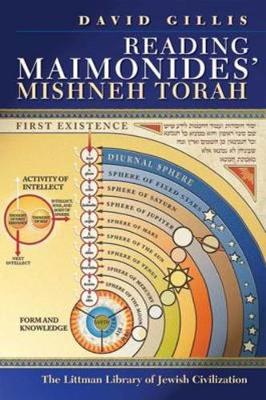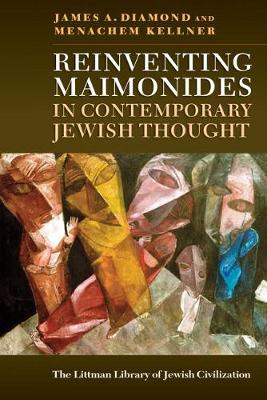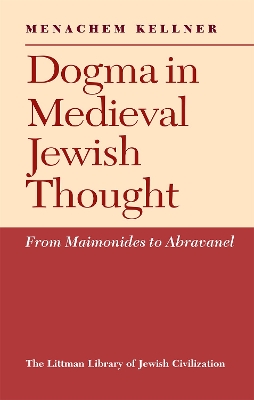The Littman Library of Jewish Civilization
5 total works
Gillis unpacks the metaphysical and cosmological underpinnings of Maimonides' scheme of organization with consummate skill, allowing the reader to understand the Mishneh torah's artistic dimension and to appreciate its power. Moreover, as he makes clear, uncovering this dimension casts new light on one of the great cruxes of Maimonides studies: the relationship of the Mishneh torah to his philosophical treatise The Guide of the Perplexed. A fundamental unity is revealed between Maimonides the codifier and Maimonides the philosopher that has not been fully appreciated hitherto.
Maimonides' artistry in composition is repeatedly shown to serve his aims in persuading us of the coherence and wisdom of the halakhic system. Gillis's fine exegesis sets in high relief the humane and transcendental purposes and methods of halakhah as Maimonides conceived of it, in an argument that is sure-footed and convincing.
Taking this unusual cross-section of the work, Kellner and Gillis conclude that the Mishneh torah presents not only a system of law, but also a system of universal values. They show how Maimonides fashions Jewish law and ritual as a programme for attaining ethical and intellectual ends that are accessible to all human beings, who are created equally in the image of God.
Many reject the presentation of Maimonides as a universalist. The Mishneh torah especially is widely seen as a particularist sanctuary. This study shows how profoundly that view must be revised.
Reinventing Maimonides in Contemporary Jewish Thought
by James A. Diamond and Menachem Kellner
'A remarkable contribution to Maimonides scholarship.'
Rabbi Jeremy Rosen, The Algemeiner
Dogma in Medieval Jewish Thought is an essay in the history of ideas which traces the development of creed formation in Judaism from its inception with Moses Maimonides (1138-1204) to the beginning of the sixteenth century when systematic attention to the problem disappeared from the agenda of Jewish intellectuals. The dogmatic systems of Maimonides, Duran, Crescas, Albo, Bibago, Abravanel, and a dozen lesser-known figures are described, analysed, and compared. Relevant texts are presented in English translation. For the most part these are texts which have never been critically edited and translated before.
Among the theses defended in the book are the following: that systematic attention to dogma qua dogma was a new feature in Jewish theology introduced by Maimonides (for reasons examined at length in the book); that the subject languished for the two centuries after Maimonides’ death until it was revived in fifteenth-century Spain in response to Christian attacks on Judaism; that the differing systems of dogma offered by medieval Jewish thinkers reflect not different conceptions of what Judaism is, but different conceptions of what a principle of Judaism is; and that the very project of creed formation reflects an essentially Greek as opposed to a biblical/rabbinic view of the nature of religious faith and that this accounts for much of the resistance which Maimonides’ innovation aroused.




